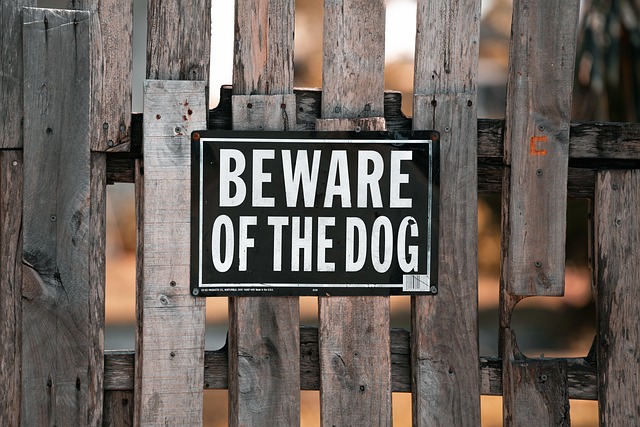Large properties present unique challenges when it comes to fencing, often requiring durable, expansive solutions that don’t break the bank. This article explores cost-effective fencing options tailored for extensive land areas, offering a comprehensive guide for property owners. We delve into understanding specific needs, comparing traditional methods with innovative alternatives, and providing expert advice on material selection, design optimization, installation techniques, and maintenance strategies.
- Understanding Large Property Fencing Needs
- Traditional Fencing vs Cost-Effective Solutions
- Material Choices for Long-Lasting Savings
- Design Ideas to Maximize Budget Efficiency
- Installation Tips for DIY and Professional Options
- Maintenance Strategies to Preserve Your Fence's Lifespan
Understanding Large Property Fencing Needs
Fencing large properties presents unique challenges due to their expansive size and diverse terrain. Unlike smaller plots, these properties often require fences that can span vast distances while considering varied landscapes, from rolling hills to dense forests. Additionally, security and privacy are paramount concerns for many property owners, necessitating robust fencing materials and designs that can withstand potential intrusions.
Large properties also demand fences that blend aesthetically with the surrounding environment, especially in rural or natural settings. This requires a thoughtful approach to material selection, color, and style, ensuring the fence enhances rather than clashes with the landscape. Moreover, practical considerations like low maintenance and longevity are crucial for cost-effective fencing solutions, as regular upkeep can be challenging and costly for expansive fences.
Traditional Fencing vs Cost-Effective Solutions
Traditional fencing methods often involve heavy costs and extensive labor, making them less feasible for large properties. These methods typically rely on materials like wood or metal, which require regular maintenance to prevent rot, rust, and damage from wildlife. The expense of these traditional fences can quickly add up, especially when covering vast distances.
Cost-effective fencing solutions offer a more affordable and low-maintenance alternative. Materials such as vinyl, composite, or chain link are durable, weather-resistant, and require little to no upkeep. These modern options provide security and privacy while significantly reducing installation and long-term care costs. Furthermore, innovative designs and customizable features allow for aesthetically pleasing fences that can enhance the curb appeal of large properties without breaking the bank.
Material Choices for Long-Lasting Savings
When considering fencing solutions for large properties, material choice is key to long-lasting savings. Opting for durable and low-maintenance materials can significantly reduce replacement costs over time. For example, vinyl fencing is an excellent option due to its resistance to rot, rust, and fading, ensuring it retains its aesthetic appeal for years. It’s also easy to clean and requires minimal upkeep compared to other materials.
Steel fencing offers superior strength and longevity, making it ideal for properties that require a robust barrier. While initially more expensive, steel fences can last for decades with proper maintenance, outperforming many other options in terms of return on investment. Additionally, modern steel fencing comes in various styles and colors, allowing property owners to enhance their landscape while ensuring security and privacy.
Design Ideas to Maximize Budget Efficiency
When it comes to fencing large properties, smart design choices can significantly maximize budget efficiency without compromising on quality or aesthetics. Consider a mix of fence types tailored to different areas based on factors like privacy needs, views, and traffic patterns. For instance, use taller fences with solid panels in areas needing maximum privacy, like backyard retreats, while shorter fences with latticework or open panels can define perimeters around gardens or offer a glimpse into the landscape.
Incorporating natural elements, such as trees and shrubs, within the fence design can also save on costs. Living fences or hedges not only provide privacy but are more cost-effective than traditional fencing materials. Additionally, utilizing recycled or eco-friendly materials for fencing, such as composite or wooden pallets, can reduce expenses and add a unique, rustic charm to your property’s perimeter.
Installation Tips for DIY and Professional Options
When installing fencing on a large property, whether you opt for a DIY approach or hire professionals, careful planning is key. Start by assessing the terrain and existing features like trees or utility lines to avoid any surprises during construction. Obtaining the necessary permits from local authorities should also be a priority to ensure compliance with building regulations.
For DIY installations, invest in high-quality materials suitable for outdoor use and follow manufacturer instructions strictly. Enlist the help of friends or family members to manage different aspects of the project, ensuring each step is completed accurately and securely. Professional installers bring expertise and experience, offering peace of mind and a more seamless finish. They can also provide valuable advice on maintaining your fence long-term, ensuring it remains cost-effective for years to come.
Maintenance Strategies to Preserve Your Fence's Lifespan
Regular maintenance is key to extending the lifespan of your fence, especially for large properties where the investment can be substantial. A simple cleaning routine, including brushing and washing, helps remove dirt, debris, and any buildup of products used during installation. This prevents premature aging and keeps the fence looking new.
Additionally, inspecting your fence for signs of damage or wear is crucial. Repairs should be addressed promptly to avoid minor issues becoming major problems. Keeping vegetation at bay is also essential; overgrowth can strain the fence structure, so regular trimming ensures the fence remains stable and secure.
